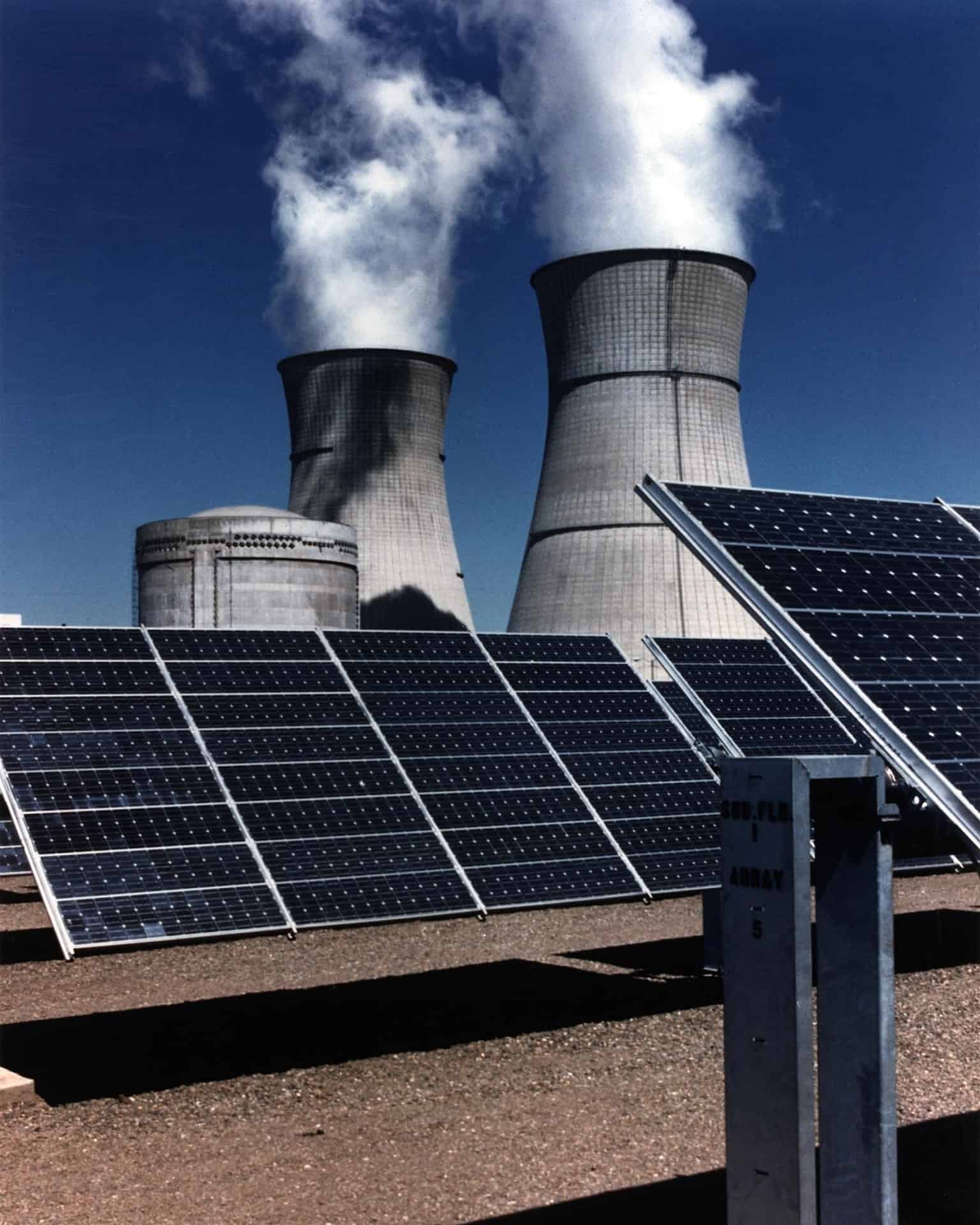
The sultanate of Oman has become rich because of oil. We all now want to get rid of that oil. After all, fossil fuels have left us with a global CO2 problem. However, that same Oman could well become the centre of the solution to that problem. That is where the world’s largest concentration of the mineral olivine is found. And that has the wonderful property that it binds to CO2. For every 1,000 kilos of olivine, 600 kilos of CO2 can be captured and removed from our atmosphere.
Olivine is very abundant on earth. The large stocks, however, are not really there for the taking. Olivine is trapped in peridotite rock six kilometers below the earth’s surface. All kinds of tectonic forces cause it to rise to the surface in different places.
Large-scale CO2 capture
The fact that olivine is so good at capturing CO2 is not new knowledge. The mineral is already touted as green sand filler for artificial grass fields, paving and the like. Researcher Kristoffer Szilas from Denmark wants to develop techniques that can capture CO2 on a very large scale. According to him, the stockpile of olivine in Oman is large enough to capture a quarter of the total amount of carbon dioxide in the earth’s atmosphere.
“As soon as tectonic processes push the olivine up from under the earth’s surface, the mineral becomes unstable and reacts with wind and weather. Once exposed, the olivine absorbs atmospheric CO2 and is converted through mineralization into a mineral called magnesite. This is how CO2 is captured in the new mineral instead of remaining in the atmosphere as a gas,” explains Szilas, who is conducting research at the University of Copenhagen, Denmark.
In order to be able to bind to CO2 on a large scale, Szilas is considering a method whereby this greenhouse gas is dissolved in water. He then wants to pump it into mountainous areas rich in peridotite. Once there, the olivine can react with the CO2, which would mineralise it and then partly store it in the underground rock.
Integration into normal procedures
“Hypothetically, this mineral enables us to solve the climate crisis. The question is whether the process can be scaled up and whether the reaction would take place quickly enough. This is what I am trying to find out with my research project,” Szilas says.
He stresses that the research team must quickly and efficiently replicate the natural CO2 storage process of olivine. Furthermore, the method needs to be tested in industries that emit greenhouse gases.
“I hope that at a later stage of the project I will be able to test the effect of the mineral together with major industrial partners and integrate the mechanism into their normal procedures. If, for example, you were to develop a way for power plants to react directly with olivine, then the CO2 could be captured directly.
Read other IO articles on innovative solutions to the CO2 problem via this link.







